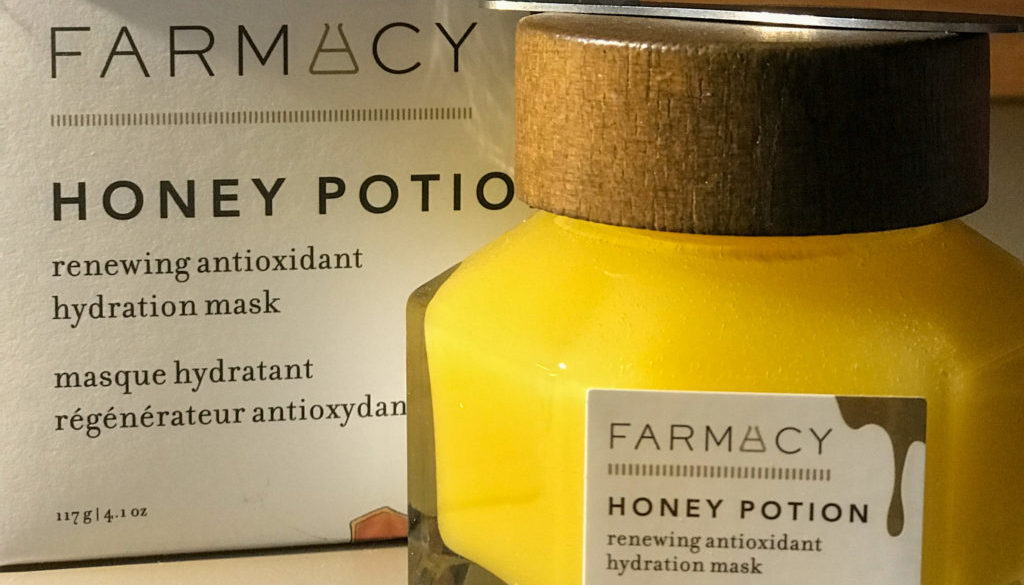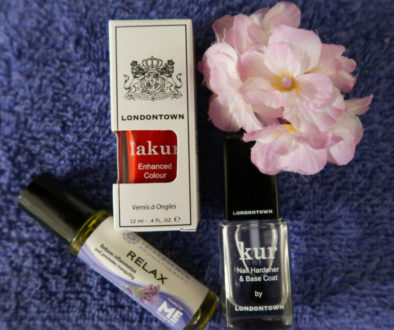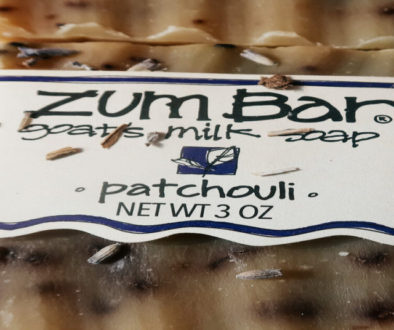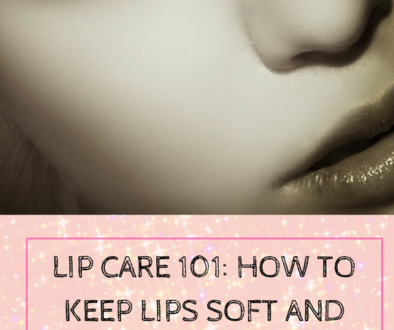Many ancient cultures have used honey for its medicinal benefits. Honey is sweet due to its high sugar content. These sugars are fructose and glucose. Honey also has antioxidant-rich vitamins and compounds. These include phenolic acid, flavonoids, and vitamins C and E (1). Honey is a natural humectant meaning that it holds onto moisture (2). Due to this, adding a honey mask into your skincare routine is an amazing way to revitalize dry or dull skin.
Honey has many other benefits for skin:
- Acne: antibacterial properties help to prevent acne
- Aging: slow down signs of aging due to antioxidants
- Natural Glow: brightens appearance
- Opens pores: natural clarifying agent to reduce blackheads
- Wound healing: promotes faster healing of wounds
Farmacy Beauty Honey Potion:
One of my favorite ways to pamper my skin is by using a simple honey mask. My tried and true go-to is Farmacy Beauty’s Honey Potion. Simply scoop the mask and spread it onto a clean face. You will notice the mask turns white after massaging into the skin for 1-2 minutes. I leave it on for 10-15 minutes before rinsing off. The honey comes from upstate New York and includes pollen from Echinacea GreenEnvy™ flowers. Although honey alone has benefits, propolis and royal jelly extracts from this mask deliver an extra boost. These natural compounds increase the antioxidant content in the mask. I also love that it foams into an easy-to-wash cream and comes with a small magnetic spatula.
For a behind-the-scenes look at Farmacy Beauty’s bee farm, click here.
The honey potion is available for purchase here:
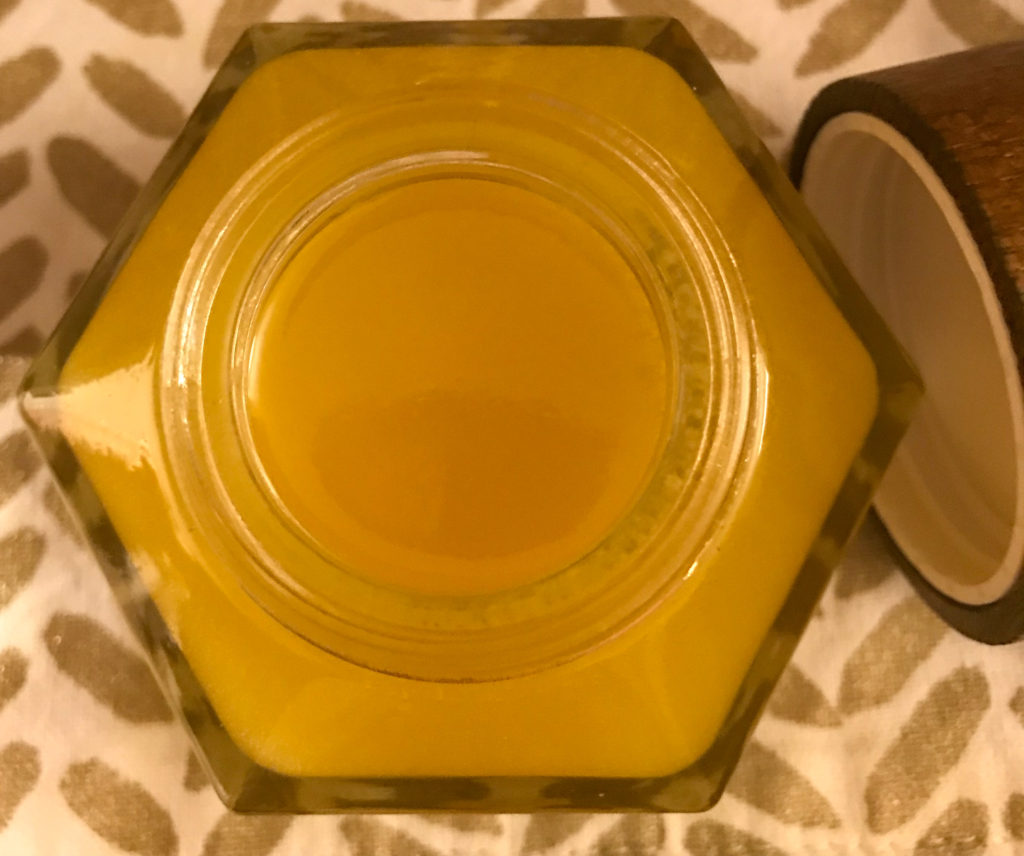
What are Flavonoids?
Plants, as well as many fruits and vegetables, contain flavonoids. The flavonoids and phenolic acids in honey are powerful antioxidants. Phenolic compounds account for about 60 to 460 milligrams per 100 grams of honey. The exact amount varies based on the kind of honey and environmental conditions (3).
Propolis, or “bee glue”
Bees make propolis, or “bee glue”, to build and keep their hives together. It contains resin, wax, and essential oils in a matrix. Bee glue also has active chemicals. These include both phenolic acids and flavonoids. Bee glue also contains terpenoids, esters, amino acids, and caffeic acid phenethyl ester (CAPE) (4). These are found due to the bees having a plant-based diet. Propolis contains over twelve different flavonoids including pinocembrin. However, there may be hundreds of compounds in propolis and its exact composition varies by country of origin (1).
Honey Mask Skin Benefits:
- Improves wound healing
- Increases collagen production
- Treats acne and inhibits bacterial growth
- Reduces inflammation
Bee glue is anti-inflammatory and antibacterial due to its many compounds. For example, CAPE decreases the effect of the enzyme cyclooxygenase (COX) which causes inflammation. Pinocembrin reduces the amount of inflammation-causing proteins in the body. Pinocembrin and other flavonoids are responsible for their antibacterial properties (4).
Research has shown propolis to be effective in the treatment of acne. Propolis is also used as an alternative therapy to heal wounds. It promotes healing by increasing collagen and blood flow in tissues (1).
Royal Jelly
Royal jelly appears white, viscous, and jelly-like. It contains water, proteins, carbohydrates, lipids, mineral salts, and vitamins. Royal jelly contains approximately 185 organic compounds. These include royalactin, a protein, and “superfood” which only the queen bee feeds on. Royalactin improves wound healing and protects the skin from damage due to ultraviolet B (UVB) light (1).
Safety and Allergy Concerns
Allergic reactions such as contact dermatitis and rash are possible (2). Avoid using this mask if you are allergic to honey and/or pollen. Although very rare, serious reactions may be life-threatening. It is best to consult your doctor and patch test a small area of skin before using a honey mask for the first time.
